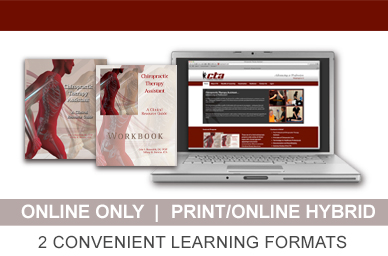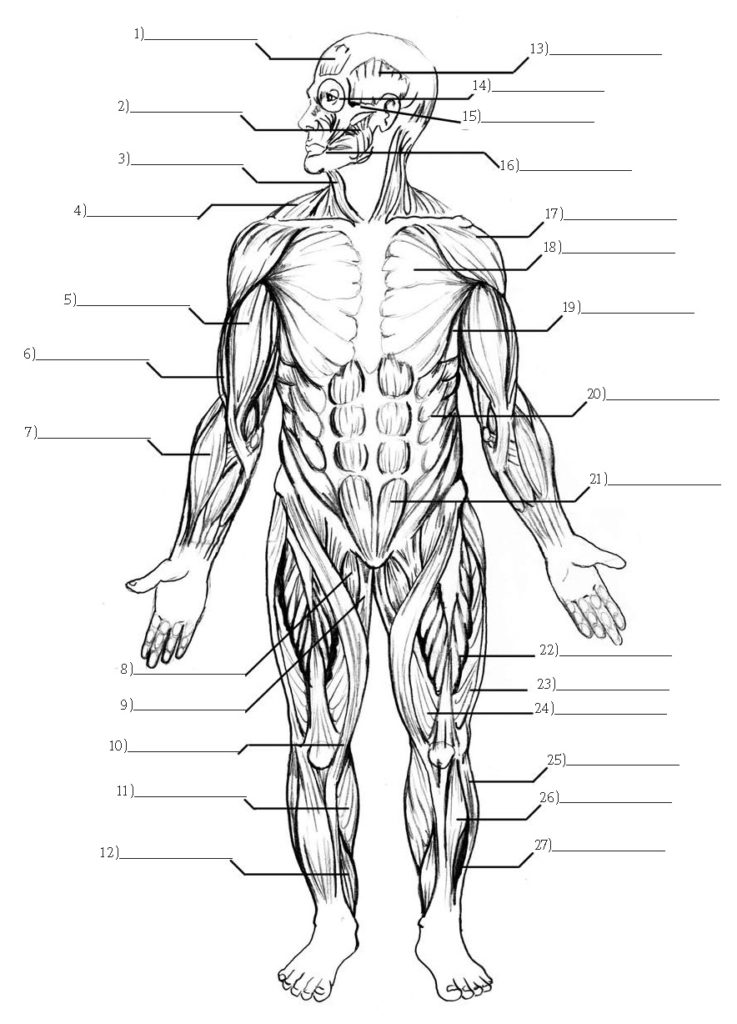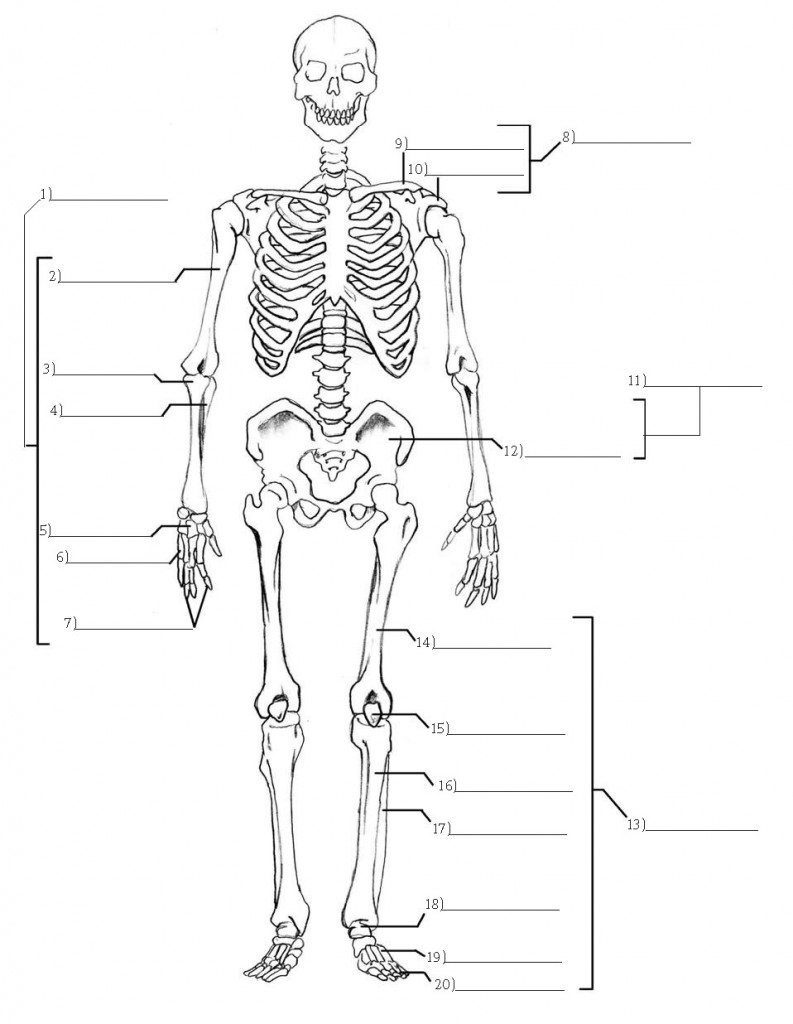Quiz Summary
0 of 100 Questions completed
Questions:
Information
This exam will be proctored using a live video proxy service called ProctorFree. By clicking the button below, you will begin the ProctorFree setup process. Click on “Alaska CTA Re-Exam (2)” and follow the instructions provided. Once the setup process is complete, you will then be directed to begin your exam.
Click the button below when you are ready to setup your proctored session and start your exam.
You have already completed the quiz before. Hence you can not start it again.
Quiz is loading…
You must sign in or sign up to start the quiz.
You must first complete the following:
Results
Results
Your time:
Time has elapsed
Categories
- Not categorized 0%
-
You may now close ProctorFree by clicking “FINISH” in the webcam window and by closing any open ProctorFree website tabs in your browser.
Once your exam answers and proctored session have been reviewed, you will receive email notification of your exam score (typically within 72 business hours).
Click the button below to view your CTA Exam Exit Form.
- 1
- 2
- 3
- 4
- 5
- 6
- 7
- 8
- 9
- 10
- 11
- 12
- 13
- 14
- 15
- 16
- 17
- 18
- 19
- 20
- 21
- 22
- 23
- 24
- 25
- 26
- 27
- 28
- 29
- 30
- 31
- 32
- 33
- 34
- 35
- 36
- 37
- 38
- 39
- 40
- 41
- 42
- 43
- 44
- 45
- 46
- 47
- 48
- 49
- 50
- 51
- 52
- 53
- 54
- 55
- 56
- 57
- 58
- 59
- 60
- 61
- 62
- 63
- 64
- 65
- 66
- 67
- 68
- 69
- 70
- 71
- 72
- 73
- 74
- 75
- 76
- 77
- 78
- 79
- 80
- 81
- 82
- 83
- 84
- 85
- 86
- 87
- 88
- 89
- 90
- 91
- 92
- 93
- 94
- 95
- 96
- 97
- 98
- 99
- 100
- Current
- Review
- Answered
- Correct
- Incorrect
-
Question 1 of 100
1. Question
Which of the following is NOT true regarding patient care documentation:
-
Question 2 of 100
2. Question
What position is referenced when describing the body?
-
Question 3 of 100
3. Question
The term used to define an injury that affects the muscular and/or tendinous structures is:
-
Question 4 of 100
4. Question
A typical visual analog scale or audio confirmation of pain is rated on what scale?
-
Question 5 of 100
5. Question
Who is responsible for maintaining the CTA’s licensure and continuing education?
-
Question 6 of 100
6. Question
The term used to describe the position of reference for someone who is lying on their back, face up is:
-
Question 7 of 100
7. Question
As it relates to body planes and directions, the term “anterior” means:
-
Question 8 of 100
8. Question
Chiropractic medicine is a healing art concerned with:
-
Question 9 of 100
9. Question
A patient may expect what after their first adjustment?
-
Question 10 of 100
10. Question
Which of the following is NOT a common clinical duty of a chiropractic therapy assistant (CTA)?
-
Question 11 of 100
11. Question
An important therapeutic role of the CTA is which of the following:
-
Question 12 of 100
12. Question
What are the minimum basic qualifications of a CTA?
-
Question 13 of 100
13. Question
What static position is commonly used when a patient is lying on their side with one or both hips and elbows flexed:
-
Question 14 of 100
14. Question
When taking a history on a patient, it is improtant to gather which of the following?
-
Question 15 of 100
15. Question
Joint restrictions or misalignments can cause the following symptom(s):
-
Question 16 of 100
16. Question
Hypertonicity, spasm, inflammation, edema and rigidity are descriptors of what part of the patient examination?
-
Question 17 of 100
17. Question
When a body part is moved farthest from the midline of the body, the part is said to be in?
-
Question 18 of 100
18. Question
This part of the SOAP note typically contains the CTA’s notes on therapy and the doctor’s notes about the treatment:
-
Question 19 of 100
19. Question
The original chiropractic philosophy began with the principle that a person’s health was related to what body system?
-
Question 20 of 100
20. Question
In SOAP note documentation, what section usually contains the patient’s diagnosis?
-
Question 21 of 100
21. Question
Which of the following is not required in a patient’s medical record?
-
Question 22 of 100
22. Question
What entity is responsible for the following actions: Investigate consumer complaints, oversee general application of healthcare laws, review doctor’s credentials, apply disciplinary action if laws are violated.
-
Question 23 of 100
23. Question
What does SOAP note stand for?
-
Question 24 of 100
24. Question
Which examination procedures rely greatly on patient feedback?
-
Question 25 of 100
25. Question
The term used to describe inflammation of a nerve is:
-
Question 26 of 100
26. Question
What is made up of fibrous cartilage with a soft inner core and allows shock absorption and flexibility between vertebral segments?
-
Question 27 of 100
27. Question
Anatomy is
-
Question 28 of 100
28. Question
When the back is touched, the bones of the vertebra that stick out are the
-
Question 29 of 100
29. Question
What vertebral structure forms a canal for the spinal cord and nerves to pass through?
-
Question 30 of 100
30. Question
The normal curves in the cervical and lumbar spine are known as:
-
Question 31 of 100
31. Question
Which branch of the nervous system includes all nerves and carries impulses such as taste, smell, touch and pain to and from the brain and spinal cord?
-
Question 32 of 100
32. Question
The middle twelve (12) vertebra are known as:
-
Question 33 of 100
33. Question
Inflammation of a joint is commonly known as
-
Question 34 of 100
34. Question
The central, jelly-like substance in the disc is known as the
-
Question 35 of 100
35. Question
Which structure articulates with the occipital condyles of the skull and provides balance and support to the head?
-
Question 36 of 100
36. Question
Which three bones fuse together to form a pelvic bone?
-
Question 37 of 100
37. Question
A ruptured disc occurs when
-
Question 38 of 100
38. Question
When a patient lies down on her stomach, face down, she is said to be in which position:
-
Question 39 of 100
39. Question
The large joints between the sacrum and the ilium of the pelvis are known as:
-
Question 40 of 100
40. Question
Which connective tissue is responsible for connecting muscles to bone?
-
Question 41 of 100
41. Question
These vertebra are the most massive and carry a large share of body weight:
-
Question 42 of 100
42. Question
How many bones are in the vertebral column?
-
Question 43 of 100
43. Question
There are seven vertebra in the
-
Question 44 of 100
44. Question
The types of joints are
-
Question 45 of 100
45. Question
The backside of a patient is termed what aspect?
-
Question 46 of 100
46. Question
The spinal cord ends at a level between
-
Question 47 of 100
47. Question
Which artery is most often utilized to check blood pressure?
-
Question 48 of 100
48. Question
These muscles are located at the base of the skull, control head movement and are a major source of headaches in patients.
-
Question 49 of 100
49. Question
The fight or flight syndrome is a function of the
-
Question 50 of 100
50. Question
In directional terms, when something is said to be closer to, or toward the head, it is:
-
Question 51 of 100
51. Question
The collar bone is clinically termed the:
-
Question 52 of 100
52. Question
Tendons connect:
-
Question 53 of 100
53. Question
The lower five (5) movable segments of the spine are called
-
Question 54 of 100
54. Question
The front of the body is
-
Question 55 of 100
55. Question
What bone is the strongest and longest in the body?
-
Question 56 of 100
56. Question
During the healing process of an injury, the inflammatory response typically lasts:
-
Question 57 of 100
57. Question
A patient’s other health conditions, such as having diabetes or being elderly, may require that special precautions be used when applying therapy.
-
Question 58 of 100
58. Question
The practitioner’s hands-on application of force to the spine to passively distract the vertebra is
-
Question 59 of 100
59. Question
During the application of the iontophoresis, since skin impedance usually decreases during the treatment, it may be necessary to ____________ the electrical current intensity to avoid pain or burning.
-
Question 60 of 100
60. Question
The prime focus of any rehabilitation program is to restore normal body function.
-
Question 61 of 100
61. Question
The _________________, or strength of an electrical current determines the depth the current reaches. The higher the ______________ the deeper the current reaches into the tissue.
-
Question 62 of 100
62. Question
Cryotherapy is also known as which of the following?
-
Question 63 of 100
63. Question
Which of the following is NOT one of the three (3) R’s of rehabilitation?
-
Question 64 of 100
64. Question
What is the purpose of using the proper amount of ultrasound gel?
-
Question 65 of 100
65. Question
The movement of electrons, negatively charged particles, from a higher potential to a lower potential is
-
Question 66 of 100
66. Question
As part of an exercise program, a warm-up/cool-down using low level activities should be included.
-
Question 67 of 100
67. Question
Which of the following are contraindications for using ultrasound?
-
Question 68 of 100
68. Question
An absolute contraindication means never use the modality in this situation.
-
Question 69 of 100
69. Question
In electronics, the number of cycles or wave oscillations that occur in a period of time would be ____________.
-
Question 70 of 100
70. Question
Chiropractic therapy is guided by which of the following:
-
Question 71 of 100
71. Question
The proper temperature for the hydrocollator packs is approximately:
-
Question 72 of 100
72. Question
When should you instruct a patient regarding a procedure that is new to them?
-
Question 73 of 100
73. Question
It is important to S-L-O-W-L-Y bring the intensity up to the therapeutic range rather than quickly ramp to full intensity.
-
Question 74 of 100
74. Question
Which of the following is NOT a component of appropriate ultrasound treatment technique?
-
Question 75 of 100
75. Question
Which of the following is (are) true about ice therapy?
-
Question 76 of 100
76. Question
Which of the following is (are) a contraindication for heat therapy?
-
Question 77 of 100
77. Question
Which of the following is NOT a contraindication for electric stimulation therapy?
-
Question 78 of 100
78. Question
When using the continuous setting on ultrasound, it is important to keep the transducer moving because:
-
Question 79 of 100
79. Question
When using ice to treat an injury, what is the longest amount of time it should be used?
-
Question 80 of 100
80. Question
Proper instructions for the patient should include which of the following:
-
Question 81 of 100
81. Question
Patients who want their electric stimulation therapy set at a high/painful level risk suffering a (an) ____________________________.
-
Question 82 of 100
82. Question
Why is the use of hydrocollator packs in the office preferable to the use of a heating pad at home?
-
Question 83 of 100
83. Question
Low level lasers are indicated for the treatment of wound healing, pain reduction, scar tissue and _________________________.
-
Question 84 of 100
84. Question
While getting ready for therapy, a patient confides in you that she may be pregnant. What should you do?
-
Question 85 of 100
85. Question
When muscle fibers are overstretched, a(n) ____________ occurs sending a signal to the muscle to contract and protect against injury.
-
Question 86 of 100
86. Question
If a patient is on the traction table and their pain gets worse, what should you do?
-
Question 87 of 100
87. Question
Which type of electrical stimulation is characterized as follows: four pads are used, and two frequencies interfere causing the creation of a third therapeutic frequency.
-
Question 88 of 100
88. Question
Which of the following is an indication for electric stimulation?
-
Question 89 of 100
89. Question
Which type of electrical stimulation is characterized as follows: Small portable battery-powered unit, used for pain control and worn by a patient?
-
Question 90 of 100
90. Question
If a victim is choking, stand behind their chest, place both fists with thumbs against them, then give an abdominal thrust
-
Question 91 of 100
91. Question
Which of the following is not a safe practice when applying electrical stimulation?
-
Question 92 of 100
92. Question
If a patient is found on the floor, check the area for danger and then:
-
Question 93 of 100
93. Question
Proper chest thrusts for CPR do not include:
-
Question 94 of 100
94. Question
Which of the following are considered a form of harassment?
-
Question 95 of 100
95. Question
Victim down, scene analyzed safe for aid, you first:
-
Question 96 of 100
96. Question
As part of the legal duty owed to patients, every health care provider is ethically and legally required to record evaluative and treatment-related information about their patients and to maintain that information in the form of daily patient treatment records.
-
Question 97 of 100
97. Question
After attempting rescue breaths on an unresponsive victim without chest rise, you should:
-
Question 98 of 100
98. Question
As CTA, you are responsible to assist your office, the profession, and public perception of chiropractic to operate within the rules of conduct as best you can. Which of the following would NOT be considered problematic?
-
Question 99 of 100
99. Question
Harassment behaviors include:
-
Question 100 of 100
100. Question
Which ideas/procedures are appropriate to protect the CA in clinic during examination and treatment procedures?



